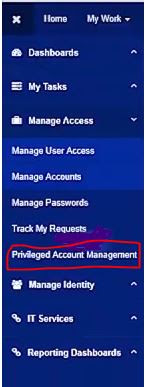How to Dockerize nginx: 5 steps

How to Dockerize Nginx or How to run Nginx web server in a container or How to containerize Nginx What does Dockerize an application mean? It simply means to create a container of your application that you can deploy on an Operating system. And what exactly is a container - you can consider a "Container" to be a packaged software which contains all its dependencies wrapped into this package, so that it can run in an Operating system. This container is a complete package that includes everything, such as code, system libraries, configuration etc. Hence this container can be easily transferred or moved to any other environment. If your container or the containerized application has been tested to work in one environment, say Development environment, now this container is guaranteed to work and behave the same way when moved to another new environment, say a QA or Test environment. In practice, one creates an image for a particular containerized application, and this image can

